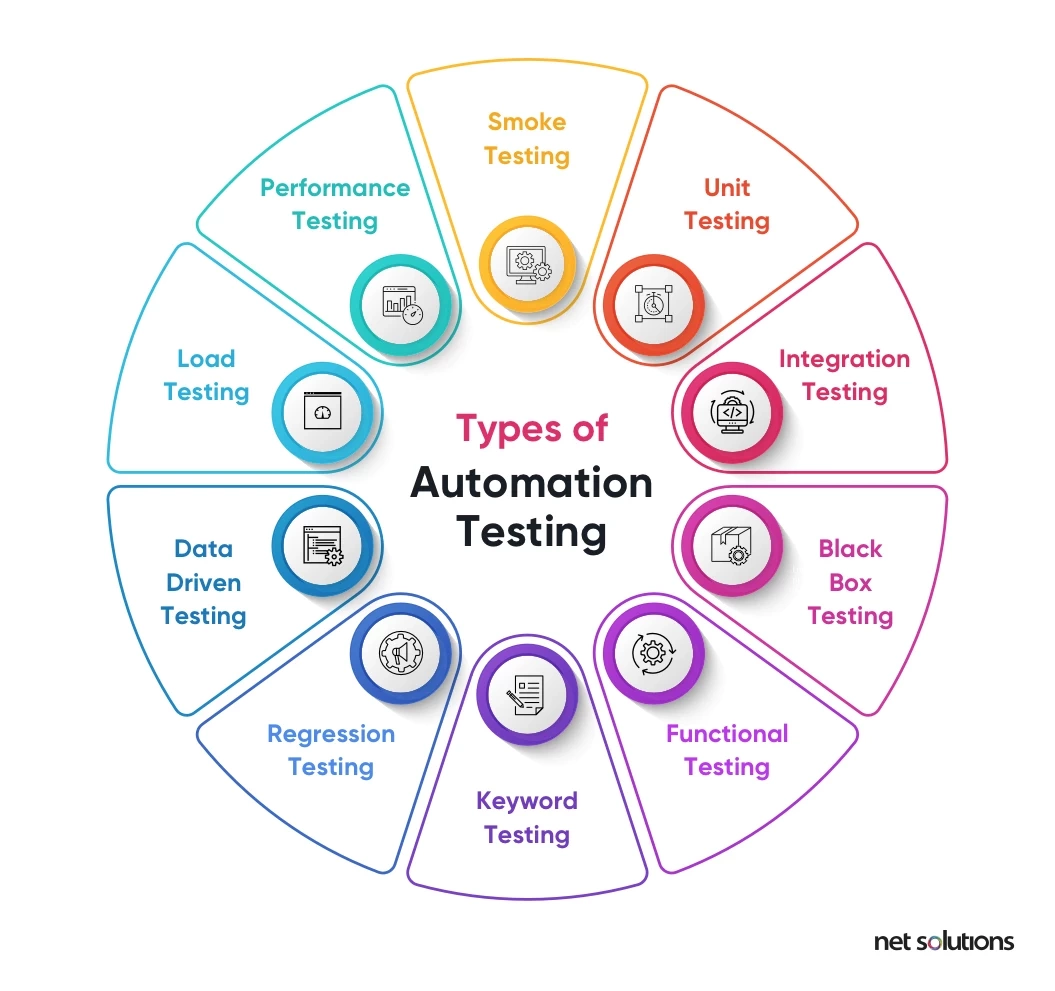Making Certain Success in Automation Evaluating: Key Metrics, Difficulties, and Solutions Every QA Group Must Know
In the world of software application quality guarantee, the landscape of automation screening is ever-evolving, demanding a thorough technique to make sure seamless procedures. The journey to mastering automation screening is paved with subtleties that need an eager eye for surveillance, analysis, and continuous enhancement. As the market moves ahead, the pursuit for optimal performance in automation testing remains a constant quest, prompting QA teams to outfit themselves with the knowledge and strategies crucial for accomplishment.
Value of Secret Metrics
Understanding the value of crucial metrics is important for examining the efficiency and efficiency of automation testing procedures. Secret metrics function as quantifiable steps that supply useful understandings into different facets of the testing procedure, such as test coverage, examination implementation time, problem density, and examination situation efficiency. By assessing these metrics, QA groups can identify traffic jams, ineffectiveness, and locations for enhancement within their automation screening structure.
One crucial element of vital metrics is their capacity to track progress and check the overall health of the screening process (automation testing). They enable stakeholders to make informed choices based upon data-driven insights, which can result in more reliable screening approaches and better resource allowance. Additionally, key metrics can aid teams set realistic objectives, measure the success of automation efforts, and demonstrate the ROI of automation screening efforts

Common Challenges Encountered
Obstacles frequently run into in automation testing procedures can substantially impact the general effectiveness and effectiveness of QA teams. Among the major challenges is the selection of the ideal examination instances for automation. Not all test situations are appropriate for automation, and selecting the incorrect ones can cause lost time and resources. Furthermore, maintaining examination manuscripts can be a daunting task, especially as the application goes through regular changes. Examination manuscript maintenance requires constant updates and alterations to guarantee they mirror the existing capability properly. An additional usual difficulty is the first investment required for establishing up automation structures and tools. This can be an obstacle for some companies, especially smaller ones with minimal spending plans. Moreover, automation screening might not cover all elements of screening, such as use and user experience screening, which still call for manual treatment. Overcoming these obstacles requires appropriate planning, strategic test situation selection, durable upkeep processes, appropriate resources, and a clear understanding of the constraints of automation screening.
Efficient Solutions for Difficulties
To attend to the barriers experienced in automation screening, carrying out efficient services is essential for improving the performance and efficiency of QA teams. One vital service is to purchase robust training programs for QA groups to ensure they have the required abilities to successfully make use of automation devices. Training can bridge knowledge spaces, improve understanding of automation structures, and improve scripting capabilities, inevitably resulting in more reliable test production and execution.
Another crucial service is to establish clear interaction channels within the QA team and with other stakeholders, such as developers and task managers. Reliable interaction helps in straightening expectations, sharing progression updates, and quickly addressing problems or roadblocks that may develop during the automation testing procedure.

Surveillance and Evaluation Techniques
Carrying out efficient tracking and analysis strategies is essential for making sure the success and efficiency of automation screening procedures. By using tracking devices, QA groups can track the performance of examination scripts, recognize traffic jams, and determine locations for improvement. Real-time tracking enables for fast discovery of problems, enabling quick action and resolution. In addition, analyzing test results and metrics offers important understandings into view it now the top quality of the software being examined and the performance of the testing technique.
One key strategy in surveillance and evaluation is using control panels that settle appropriate metrics and KPIs in an aesthetically obtainable format. These dashboards use a detailed review of examination execution condition, test insurance coverage, problem patterns, and other important info. Routinely examining and analyzing these control panels can aid QA teams make educated choices, focus on tasks, and optimize screening efforts.
Additionally, applying automated notifies and alerts based on predefined thresholds can boost positive surveillance and timely intervention. By establishing up signals for efficiency variances or test failings, teams can attend to problems without delay and stop them from rising. On the whole, tracking and analysis strategies play an essential role in ensuring the performance and success of automation testing initiatives.
Continuous Renovation Strategies
Enhancing the effectiveness of automation screening processes demands the regular refinement of useful link approaches and approaches. One essential strategy to enhancing automation screening procedures is to carry out regular evaluations and retrospectives.

Final Thought
To conclude, it is crucial for QA groups to comprehend the crucial metrics, obstacles, and remedies in automation screening to make sure success. By carefully checking and examining information, implementing effective solutions to usual challenges, and continually enhancing strategies, QA groups can maximize their read this screening processes and provide top notch software application items. Abiding by these techniques will ultimately result in extra effective and efficient automation screening techniques.
By analyzing these metrics, QA groups can determine traffic jams, inadequacies, and areas for enhancement within their automation screening framework.
In addition, essential metrics can help teams set realistic goals, gauge the success of automation initiatives, and demonstrate the ROI of automation screening initiatives.
Challenges generally experienced in automation testing processes can significantly influence the total performance and performance of QA teams. Automation screening might not cover all elements of screening, such as usability and customer experience screening, which still call for hands-on treatment.In final thought, it is crucial for QA groups to comprehend the key metrics, challenges, and options in automation testing to guarantee success.
Comments on “Effective Automation Testing: Enhancing Software Program Integrity and Speed”